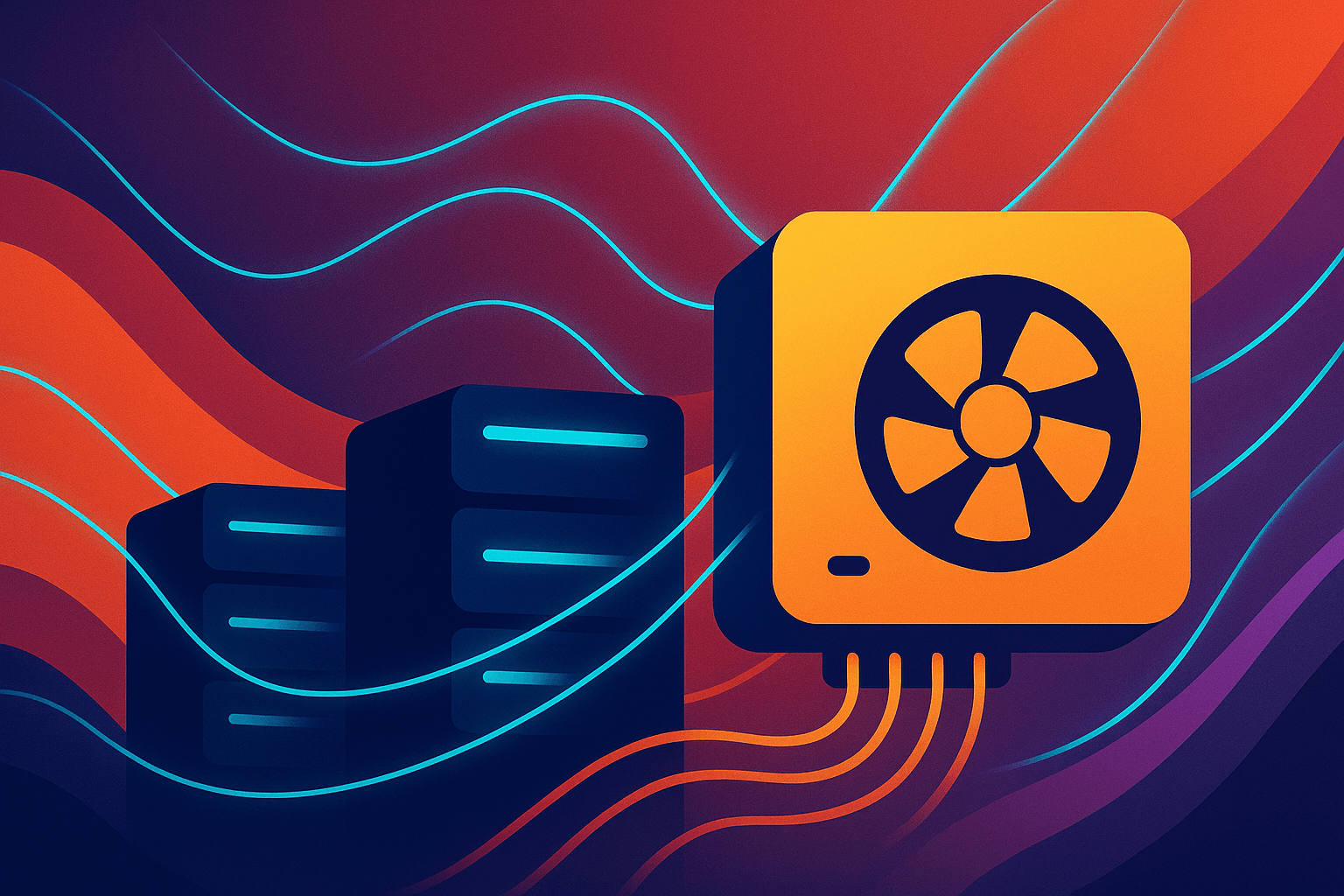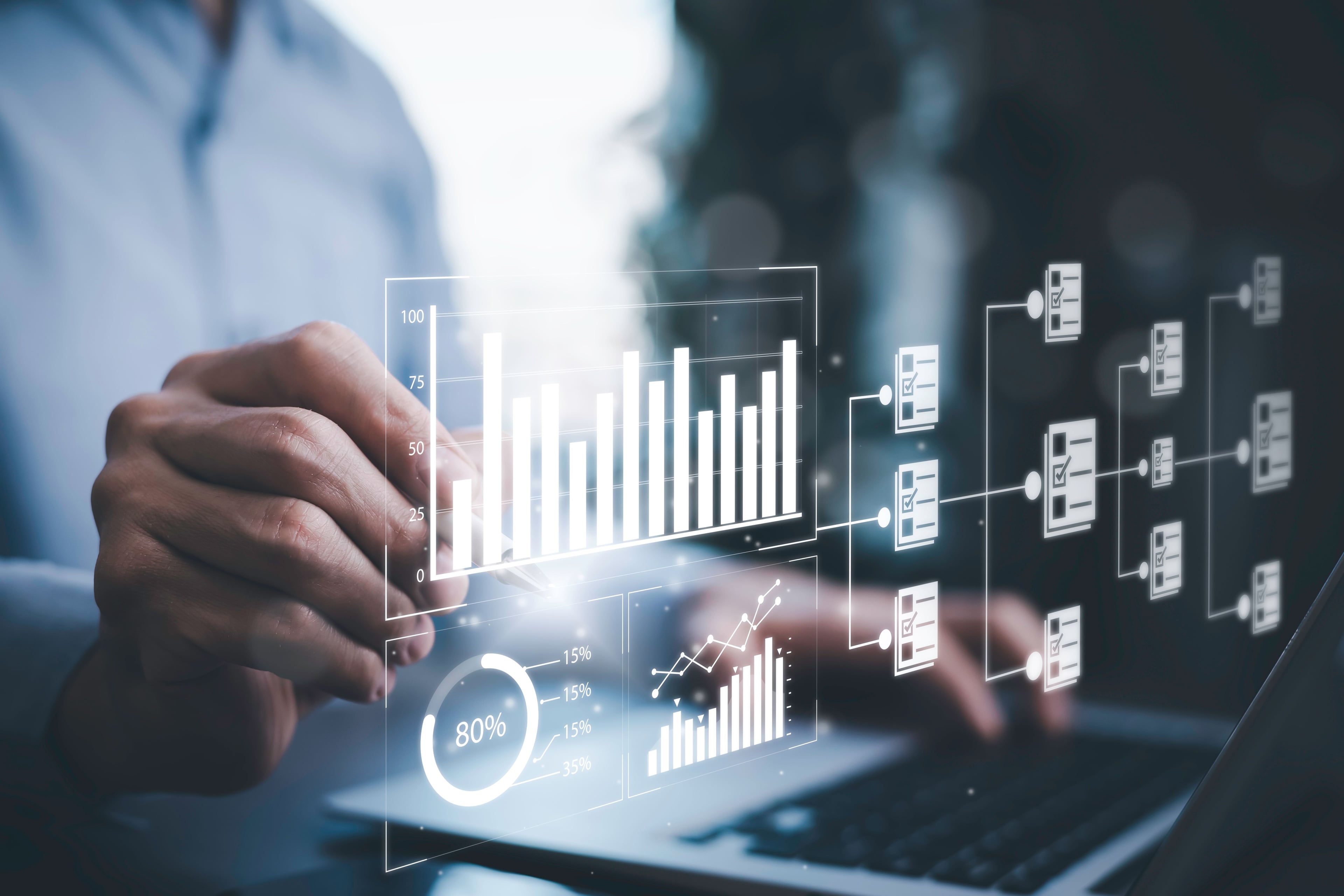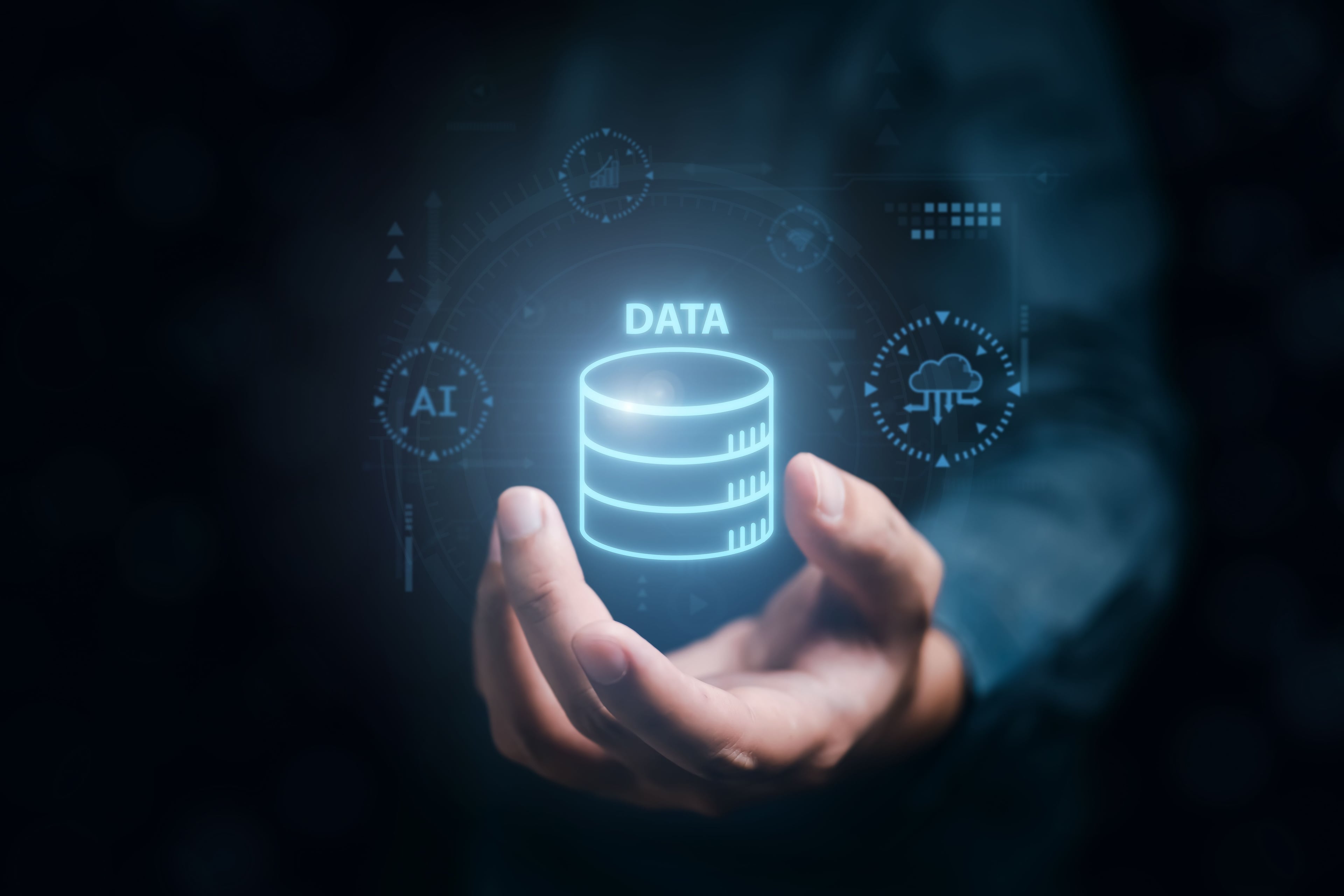
The Essential Guide to Modernization of Applications: Strategies, Benefits, and Implementation
Application modernization has emerged as a cornerstone of digital transformation, enabling organizations to revitalize legacy systems, enhance operational efficiency, and align technology with evolving business needs. By 2026, global spending on digital transformation is projected to reach $3.4 trillion, reflecting its critical role in maintaining competitiveness7. This comprehensive guide explores the multifaceted process of application modernization, offering actionable insights into its strategies, benefits of application modernization, challenges, and best practices.
Defining Application Modernization
Application modernization involves updating legacy software systems to leverage modern architectures, cloud-native technologies, and agile development practices. Unlike full-scale digital transformation, which often entails systemic overhauls, modernization focuses on incremental improvements to existing systems while preserving their core functionality815. For example, a financial institution might retain its decades-old transaction processing logic while migrating its user interface to a microservices architecture hosted on Kubernetes29.
The process is driven by the need to address technical debt—the cumulative cost of outdated codebases, inefficient workflows, and security vulnerabilities. A 2024 study found that enterprises with modernized applications reported a 28% increase in annual revenue compared to those relying on legacy systems1.
Types of Application Modernization
Application modernization is a versatile approach that allows for selective upgrades to different system components. There are several types of application modernization, each tailored to address different components in current applications, ensuring a more efficient and goal-oriented transformation. The main types of application modernization include:
- Re-architecting: This involves transforming an application’s existing functions into multi-protocol, secure APIs. By doing so, organizations can enhance interoperability and security without overhauling the entire system.
- Re-platforming: This approach involves making moderate changes to the app’s code to fit a new platform without altering its core functions and features. For instance, an application might be moved from an on-premises server to a cloud platform, leveraging cloud-native services for better performance.
- Re-hosting: Also known as “lift-and-shift,” this involves moving an application from one environment to another without redesigning the application. This is ideal for legacy applications that are stable but need a more modern hosting environment.
- Re-factoring: This entails restructuring and optimizing existing code without changing its external behavior. Refactoring improves code maintainability and performance, making it easier to integrate modern technologies.
Each type of application modernization addresses specific needs, allowing organizations to strategically enhance their existing code and systems.
Strategic Imperatives for Modernization
Enhancing Business Agility and Scalability
Legacy monolithic architectures often struggle to scale with fluctuating demand. Continuous integration, when integrated into CI/CD pipelines, enhances collaboration, reduces manual errors, and accelerates application modernization, ultimately leading to faster and more reliable software releases. Modernization enables organizations to adopt cloud-native infrastructures, which dynamically allocate resources based on workload requirements. For instance, containerization reduces deployment times from weeks to minutes by standardizing runtime environments across development and production12.
Microservices further enhance agility by decoupling application components. When a retail giant decomposed its monolithic inventory system into 42 microservices, it reduced feature deployment cycles from quarterly to daily releases while improving fault isolation9.
Strengthening Security Postures
Outdated systems frequently harbor unpatched vulnerabilities. Modernization introduces automated security protocols like runtime application self-protection (RASP) and API gateways with OAuth2.0 integration. After a healthcare provider refactored its patient portal using DevSecOps practices, security incidents dropped by 67% within six months615.
Optimizing Operational Costs
Cloud migration typically reduces infrastructure expenses by 30-50% through pay-as-you-go pricing models. A logistics company saved $2.3 million annually by rehosting its legacy ERP on AWS, eliminating upfront hardware investments1016.
The 7 Rs of Modernization: A Strategic Framework
- Rehost (Lift-and-Shift): Migrate applications to cloud infrastructure without code changes. Ideal for legacy systems with stable functionality but outdated hosting environments. A government agency rehosted 150 applications to Azure in 14 weeks, achieving 99.95% uptime610.
- Replatform: Modify backend components to exploit cloud-native services. An e-commerce platform replaced its Oracle database with Amazon Aurora, cutting query latency by 40%25.
- Refactor: Restructure codebases to improve maintainability. A bank reduced its COBOL codebase by 72% through modularization, accelerating new feature development1316.
- Rearchitect: Transition from monolithic to microservices. A streaming service decomposed its video encoding system into containerized services, handling 5x peak traffic without downtime915.
- Rebuild: Completely rewrite applications using modern frameworks. An insurance firm rebuilt its claims processing system with React and Node.js, reducing processing time from 48 hours to 15 minutes1113.
- Replace: Adopt commercial off-the-shelf (COTS) solutions. A university replaced its custom LMS with Moodle, saving $850K annually in maintenance costs58.
- Retire: Decommission redundant systems. A manufacturer eliminated 34 obsolete applications, reducing annual licensing fees by $1.2 million210.
Patterns for Modernizing Applications
Patterns for modernizing applications provide structured approaches to transforming legacy systems. These patterns include:
- Replace: Substituting the old system with a new one. This is often the best approach when the existing application is too outdated to be salvaged.
- Retain: Keeping the existing application with minor updates or changes. This is suitable for systems that still meet business needs but require slight enhancements.
- Retire: Phasing out non-essential systems. This helps in reducing technical debt and focusing resources on more critical applications.
- Rehost: Moving an application from one environment to another without redesigning the application. This is a quick way to modernize hosting environments without altering the application itself.
- Replatform: Making moderate changes to the app’s code to fit a new platform. This allows leveraging modern cloud platforms while preserving core functionalities.
- Rewrite: Rewriting an application using modern technologies and platforms. This is often necessary for applications that need significant updates to meet current business requirements.
- Refactor: Restructuring and optimizing existing code without changing its external behavior. This improves code quality and makes it easier to adopt modern technologies.
These patterns provide a roadmap for modernizing existing applications, ensuring they remain relevant and efficient in today’s fast-paced technological landscape.
Cloud Computing and Application Modernization
Cloud computing provides the foundational infrastructure for application modernization. By leveraging public, private, or hybrid clouds, organizations can scale resources dynamically, optimize costs, and ensure high availability. Cloud platforms like AWS, Azure, and Google Cloud offer a range of services that support the modernization process, from container orchestration to serverless computing.
Cloud computing enables businesses to fully leverage the benefits of cloud environments, such as cost savings, enhanced security, and improved flexibility. For example, migrating legacy applications to a cloud platform can reduce infrastructure expenses by 30-50% through pay-as-you-go pricing models. Additionally, cloud-native application development allows for faster deployment cycles and better resource management.
By integrating cloud computing into their application modernization strategy, organizations can achieve greater operational efficiency and agility, positioning themselves for long-term success.
Implementing a Modernization Roadmap: 6 Critical Phases
Phase 1: Application Portfolio Assessment
Conduct a technical audit evaluating:
- Code Quality: Static analysis tools like SonarQube identify code smells and security gaps
- Architectural Complexity: Metrics like cyclomatic complexity and coupling/cohesion ratios
- Business Criticality: Revenue impact and user dependency analyses310
A European bank prioritized modernization based on a weighted scoring model:
text
Business Value (40%) + Technical Debt (30%) + User Impact (30%) = Modernization Priority
This approach identified 22 high-priority systems from a 300-application portfolio616.
Phase 2: Resource Capacity Planning
Assess team competencies against target technologies. Upskilling programs might include:
- Cloud certifications (AWS/Azure/GCP)
- Container orchestration training (Kubernetes/OpenShift)
- DevOps toolchains (GitLab CI, ArgoCD)1315
Phase 3: Strategy Formulation
Align modernization approaches with business objectives:
Business Goal
Technical Strategy
Tools/Technologies
Improve scalability
Microservices + Kubernetes
Istio, Prometheus, Grafana
Enhance UX
Progressive Web Apps (PWA)
React, Angular, Vue.js
Reduce costs
Serverless architectures
AWS Lambda, Azure Functions
Phase 4: Incremental Execution
Adopt the Strangler Fig pattern:
- Create facade APIs for legacy system interactions
- Gradually replace components with modern services
- Retire legacy modules once functionality migrates816
A payment processor used this approach to modernize its core banking system over 18 months without service disruptions.
Phase 5: Performance Benchmarking
Establish KPIs:
- Mean Time to Recovery (MTTR): Target <1 hour
- Deployment Frequency: Aim for daily releases
- Lead Time for Changes: Reduce to <1 day915
Phase 6: Continuous Optimization
Implement AIOps for predictive analytics:
- Anomaly detection in application logs
- Auto-scaling based on demand forecasts
- Automated rollback mechanisms for failed deployments79
Overcoming Modernization Challenges for Legacy Applications
Best Practices for a Successful Modernization
A successful application modernization strategy begins with careful planning. Businesses should conduct a thorough assessment of their current application landscape and identify the systems that need modernization. This involves evaluating code quality, architectural complexity, and business criticality.
Choosing the right approach is critical to success. Businesses must choose between different options, such as re-hosting, re-platforming, and re-architecting, based on their specific needs and objectives. For instance, re-hosting might be suitable for stable legacy applications, while re-architecting could be necessary for systems requiring significant updates.
Continuous monitoring and optimization are essential to ensure that modernized applications remain efficient, secure, and aligned with business goals. Implementing AIOps for predictive analytics and anomaly detection can help in maintaining optimal performance.
Engaging stakeholders throughout the modernization process is essential. This ensures that the modernization efforts align with business objectives and receive the necessary support and resources.
By following these best practices, organizations can develop a successful application modernization strategy that drives business growth and innovation.
Technical Debt Management
Legacy systems average 14 years of accumulated technical debt. Mitigation strategies include:
- Code Refactoring: Allocate 20% of sprint capacity to debt reduction
- Architecture Reviews: Quarterly assessments of coupling and cohesion metrics
- Tech Debt Quantification: Tools like CAST Imaging visualize architectural hotspots15
Skill Gap Resolution
70% of enterprises report cloud skill shortages. Effective approaches:
- Partner with managed service providers for legacy expertise
- Implement gamified learning platforms (e.g., A Cloud Guru)
- Establish Centers of Excellence for knowledge sharing1013
Budget Justification
Build ROI models comparing modernization costs against:
- Reduced infrastructure expenses
- Increased developer productivity
- Revenue growth from enhanced capabilities
A telecom company justified its $4M modernization investment with:
text
2.3M new revenue streams = 14-month payback
Future-Proofing with Emerging Technologies
AI-Driven Modernization
Machine learning models now automate:
- Code translation (COBOL to Java)
- API schema generation from legacy interfaces
- Anomaly detection in migration pipelines79
Quantum-Ready Architectures
Forward-thinking organizations are:
- Implementing lattice-based cryptography
- Developing hybrid quantum-classical algorithms
- Containerizing quantum simulations for cloud deployment715
Sustainable Computing
Modernization initiatives increasingly prioritize:
- Carbon-aware scheduling in Kubernetes
- Serverless architectures reducing energy waste
- Green coding practices minimizing CPU cycles914
Application Modernization Technologies and Trends
Application modernization is a dynamic field driven by the adoption of various cutting-edge technologies. The key technologies and trends in application modernization include:
- Cloud Computing: Cloud-native application development is on the rise, allowing businesses to build and deploy scalable applications in cloud environments. This approach leverages the flexibility and scalability of cloud platforms to enhance application performance and reduce costs.
- Artificial Intelligence (AI) and Machine Learning (ML): AI and ML are driving automation and intelligent decision-making in application modernization. These technologies enable predictive analytics, anomaly detection, and automated code translation, making the modernization process more efficient.
- Internet of Things (IoT): IoT integration is becoming increasingly important in modern applications. By connecting devices and systems, IoT enables real-time data collection and analysis, enhancing operational efficiency and decision-making.
- Microservices Architecture: Microservices architecture enables more agile and resilient application development. By breaking down monolithic applications into smaller, independent services, organizations can improve fault isolation, scalability, and deployment speed.
Staying attuned to these technologies and trends is crucial for organizations looking to modernize their applications. By adopting modern technologies and leveraging emerging trends, businesses can ensure their applications remain competitive and capable of meeting evolving market demands.
Conclusion: The Modernization Imperative
Application modernization is no longer optional but a strategic necessity. Organizations that executed comprehensive modernization programs between 2020-2024 reported 2.3x faster time-to-market and 68% higher customer satisfaction scores compared to legacy-dependent peers715.
The path forward requires:
- Strategic Alignment: Tie every modernization initiative to measurable business outcomes
- Architectural Flexibility: Design systems adaptable to unforeseen technological shifts
- Continuous Evolution: Treat modernization as an ongoing process rather than a one-time project
As hybrid cloud adoption reaches 87% among enterprises, the divide between modernization leaders and laggards will increasingly determine market survival914. Organizations must act decisively, leveraging proven frameworks like the 7 Rs while staying attuned to emerging paradigms in AI and quantum computing.
Citations:
- https://ppl-ai-file-upload.s3.amazonaws.com/web/direct-files/8147591/89ae872c-bcee-4bdd-b15f-7cd821261256/The-Essential-Guide-to-Application-Modernization.docx
- https://mobidev.biz/blog/application-modernization-strategies-approaches-benefits-best-practices
- https://www.thefrontendcompany.com/posts/application-modernization-roadmap
- https://www.ramotion.com/blog/web-application-modernization/
- https://mobidev.biz/blog/legacy-system-modernization-roadmap-for-product-owners
- https://www.wallarm.com/what/what-is-application-modernization-strategy-tools-steps
- https://www.knack.com/blog/roadmap-to-digital-modernization/
- https://www.leanix.net/en/wiki/tech-transformation/what-is-application-modernization
- https://www.xenonstack.com/insights/application-modernization
- https://www.netsolutions.com/hub/application-modernization/roadmap/
- https://appinventiv.com/blog/legacy-application-modernization-strategy/
- https://www.mertech.com/blog/legacy-application-modernization-guide
- https://lansa.com/blog/application-modernization/key-application-modernization-strategies/
- https://www.hyland.com/en/resources/articles/digital-modernization-strategy
- https://www.hyland.com/en/resources/articles/application-modernization
- https://theonetechnologies.com/blog/post/guide-to-application-modernization
- https://lansa.com/blog/application-modernization/how-to-do-an-application-modernization-plan/
- https://www.netguru.com/blog/application-modernization-challenges
- https://vfunction.com/blog/application-modernization/
- https://www.leanix.net/en/wiki/tech-transformation/application-modernization-roadmap
- https://www.thoughtworks.com/en-in/insights/articles/application-modernization-how-to-kickstart-transformation
- https://overcast.blog/application-modernization-a-guide-for-2024-4111f174610b
- https://www.dynatrace.com/knowledge-base/application-modernization/
- https://www.ibm.com/think/topics/application-modernization
- https://www.mertech.com/blog/application-modernization-strategy
- https://www.startechup.com/blog/application-modernization-roadmap/
- https://www.redhat.com/en/topics/application-modernization
- https://www.mindinventory.com/blog/application-modernization-strategy/
- https://www.techaheadcorp.com/blog/legacy-system-modernization-key-strategies-for-future-proofing-your-enterprise/
- https://www.hsc.com/resources/blog/role-of-it-modernization/
- https://www.netsolutions.com/hub/application-modernization/
- https://attractgroup.com/blog/modernize-legacy-systems-legacy-application-modernization-guide/
- https://kumaran.com/app-modernization-strategy/
- https://www.kellton.com/kellton-tech-blog/digital-transformation-vs-digital-modernization-which-one-to-choose
- https://avendata.com/blog/modernizing-legacy-systems-a-strategic-guide-for-it-company-owners
- https://us.nttdata.com/en/insights/digital-transformation-and-modernization
Answer from Perplexity: https://www.perplexity.ai/search/i-have-shared-an-outline-of-a-ZcI7ciT8RkK2itq_8IUeRQ?utm_source=copy_output

About Pronam Chatterjee
A visionary with 25 years of technical leadership under his belt, Pronam isn’t just ahead of the curve; he’s redefining it. His expertise extends beyond the technical, making him a sought-after speaker and published thought leader.
Whether strategizing the next technology and data innovation or his next chess move, Pronam thrives on pushing boundaries. He is a father of two loving daughters and a Golden Retriever.
With a blend of brilliance, vision, and genuine connection, Pronam is more than a leader; he’s an architect of the future, building something extraordinary
Related Posts
View all postsDiscover how BluePi is using GPU support for Cloud Run, to build faster, cheaper, and more flexible LLMOps and generative-AI solutions.
Master data management (MDM) is a process that enables organizations to define and manage the common data entities used across the enterprise.
Data engineering involves designing systems to collect, store, and analyze data efficiently.
Nested Learning treats models as several coupled optimization problems that run at different speeds (“levels”).
Most modern data stacks are expensive, cloud-hosted legacy systems. BluePi sees Airflow DAGs become spaghetti, BigQuery treated as infinite, and teams drowning in YAML instead of delivering insights.




